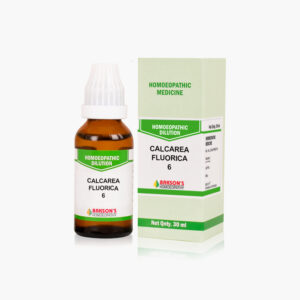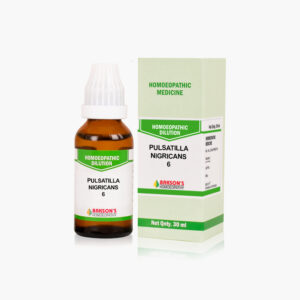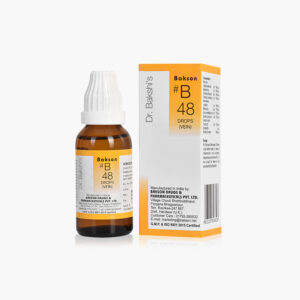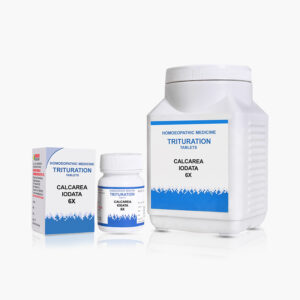What are Varicose Veins?
Varicose veins are enlarged, twisted veins that can happen anywhere in the body, but are more common in the legs. Venous reflux, also known as chronic venous insufficiency, is a common condition that causes varicose veins.
Venous reflux originates as a result of failure of the venous valves in the saphenous veins. This failure leads to retrograde flow and stasis, or pooling, of venous blood in the branches of the saphenous veins. The normal ambulatory venous pressure in the extremity is regulated by the function of the valves. If the valves no longer function this can translate into elevated ambulatory venous pressure producing varicose veins.
Varicose veins are seen worldwide and determined by activity and lifestyle. It is more common in women than men.
Aetiology
A poor calf pump mechanism may worsen venous reflux. Following risk factors predispose an individual to varicose veins-
- Family history
- Female sex
- Increased age
- Multiple pregnancies
- Standing for long periods
- Obesity
- History of DVT
Physiologically, varicose veins are seen in pregnancy due to hormonal changes as the valves become defective and walls thinner.
Sign and symptoms
The most common presenting symptoms of varicose veins are leg heaviness, itching, cramps, mild tenderness, skin discoloration, exercise intolerance and leg fatigue.
On physical examination, distended veins from thigh to the ankle are visible. The discoloration is usually most prominent around the ankle and calf.
Diagnosis
In case of suspected varicose veins after examining the patient clinically, the physician must advice for colour duplex venous ultrasound examination which is the assessment of the anatomy of the veins as well as valvular lesions.
General management
Patients with milder symptoms of venous reflux disease may obtain adequate symptomatic relief with compression stockings. Also, medications for the presenting symptoms must be recommended.
Warning: Above information provided is an overview of the disease, we strongly recommend a doctor’s consultation to prevent further advancement of disease and/or development of complications.
Disclaimer: The information provided herein on request, is not to be taken as a replacement for medical advice or diagnosis or treatment of any medical condition. DO NOT SELF MEDICATE. PLEASE CONSULT YOUR PHYSICIAN FOR PROPER DIAGNOSIS AND PRESCRIPTION.



 Login
Login

